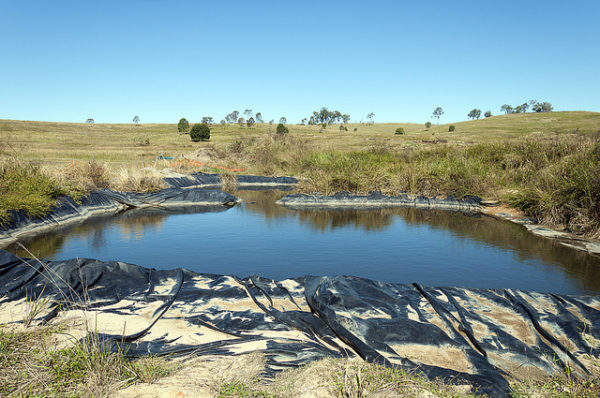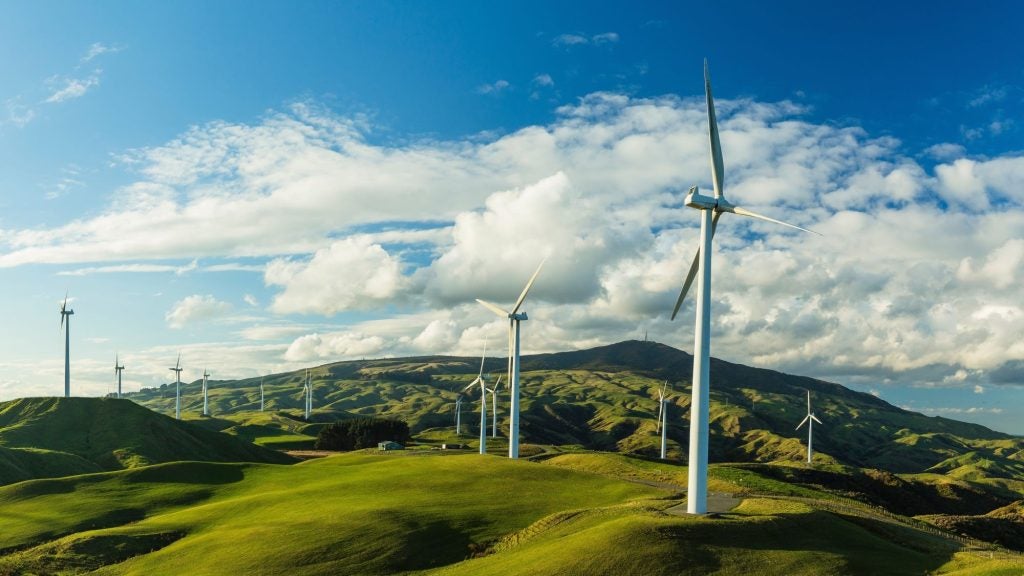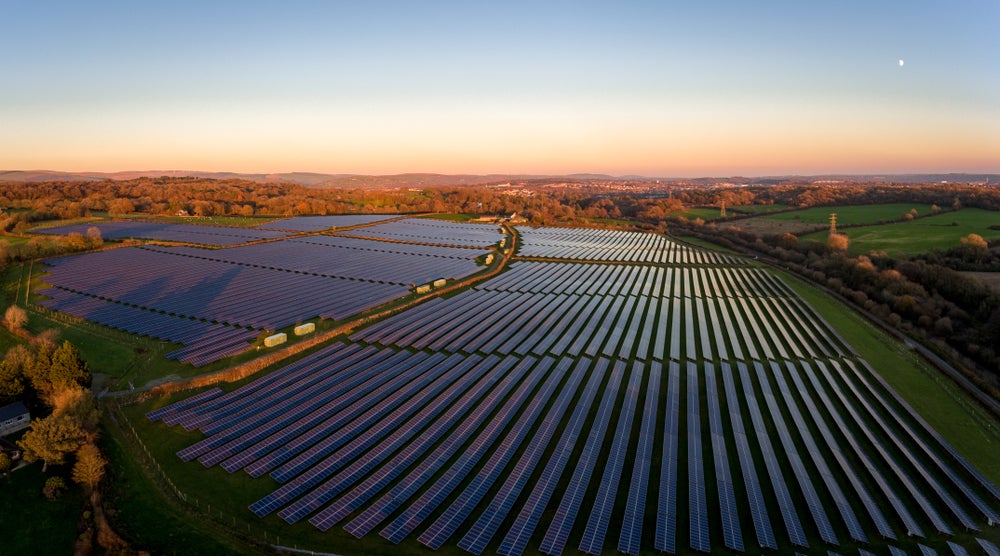
A study has found that water displacement from high-volume hydraulic fracturing could have negative impacts on aquatic biodiversity and ecosystems in freshwater streams.
Typically, concerns have focused on water quality, with fears of water contamination from chemicals used in the process. Other studies have considered the socio-economic impacts of shale gas.
But this latest research, carried out by the American Chemical Society (ACS), focused on disruptive effects of withdrawing large amounts of water from nearby streams on biodiversity and ecosystems.
Hydraulic fracturing—commonly known as ‘fracking’—requires millions of gallons of freshwater to extract oil and gas from shale.
On average, more than five million gallons of freshwater are used to fracture one gas well in the US, enough to fill over seven Olympic-size swimming pools.
Much of this is obtained by pumping freshwater from local streams.
How well do you really know your competitors?
Access the most comprehensive Company Profiles on the market, powered by GlobalData. Save hours of research. Gain competitive edge.

Thank you!
Your download email will arrive shortly
Not ready to buy yet? Download a free sample
We are confident about the unique quality of our Company Profiles. However, we want you to make the most beneficial decision for your business, so we offer a free sample that you can download by submitting the below form
By GlobalDataThe study, featuring in Environmental Science and Technology, focused on the Fayetteville Shale streams in Arkansas, US.
Researchers estimated the water stress that hydraulic fracturing might place on streams in the gas field.
It based this on permitted water withdrawal volumes—the amount authorised for fracking extraction—and actual water withdrawals compared to monthly median, low and high natural streamflows. Time of year was also considered, with pumping volumes found to exceed median streamflow at 50% of withdrawal sites in June, when flows are low.
Streams in the area of study were found to supply drinking water to thousands of people in the region and are home to ten aquatic species that are declining at a concerning rate.
However, if 100% of the wastewater were to be recycled the potential impact drops, reducing threshold exceedance by 10%.
The researchers concluded that improved monitoring and access to water withdrawal and streamflow data are needed to ensure protection of streams, both as drinking water sources and valuable habitats for aquatic wildlife in the future.
For example, catchments with the most productive shale gas reserves, but that also serve the most people and have the most sensitive aquatic organisms, could be flagged for additional assessment and planning prior to permitting freshwater withdrawals.






